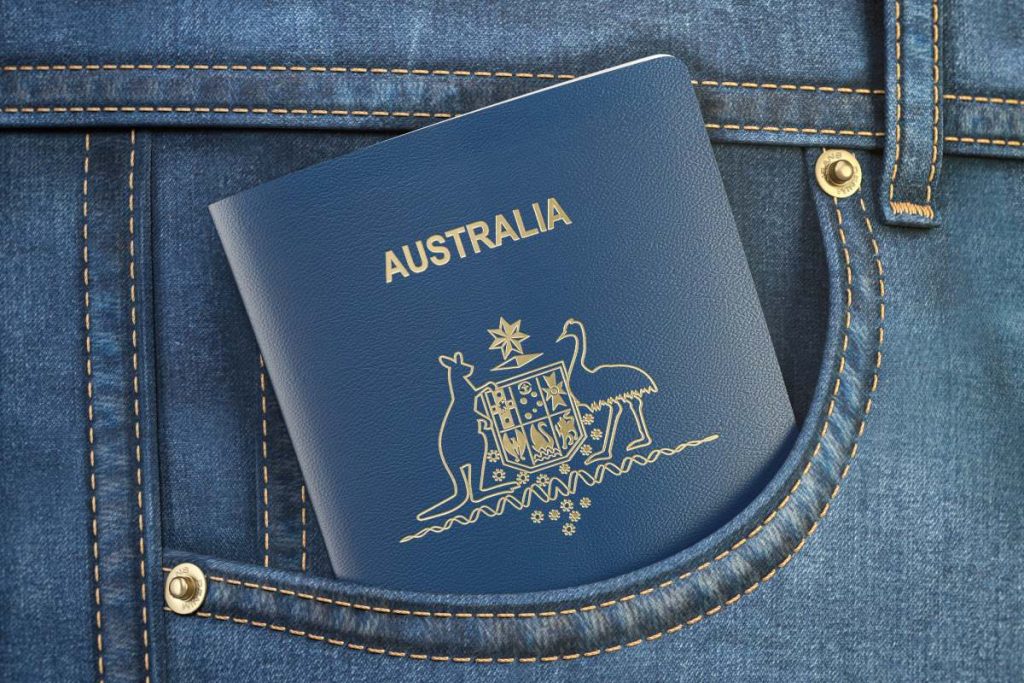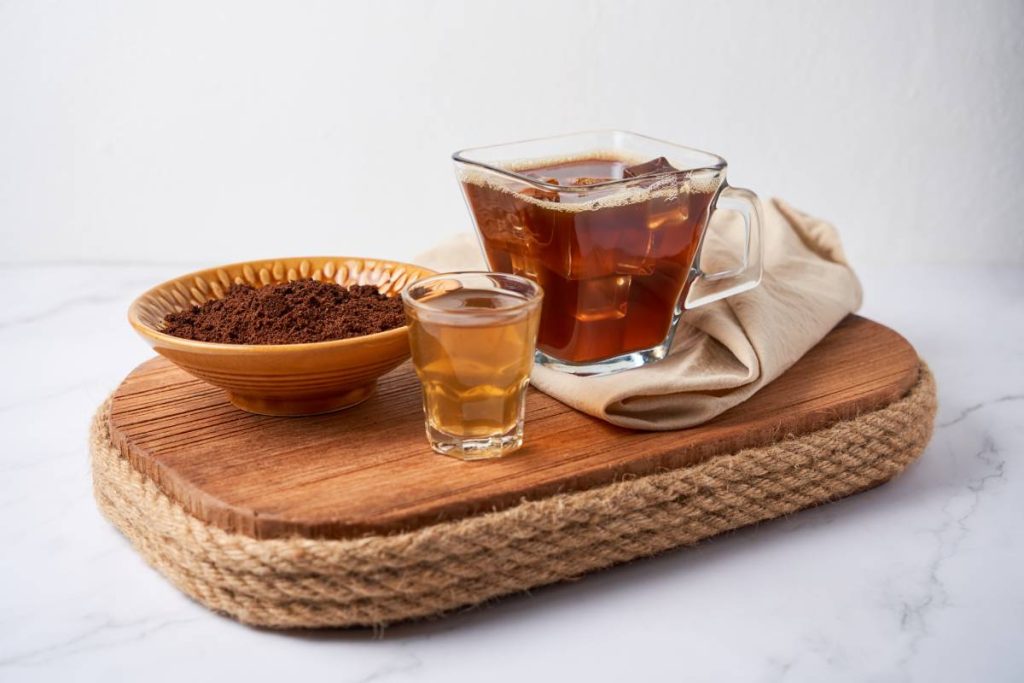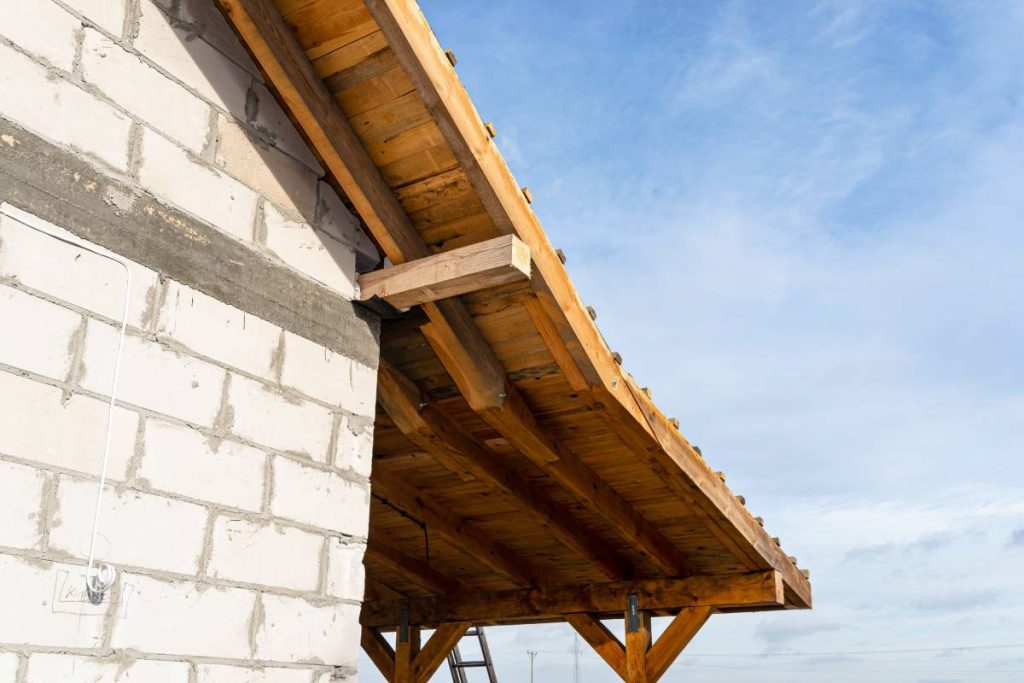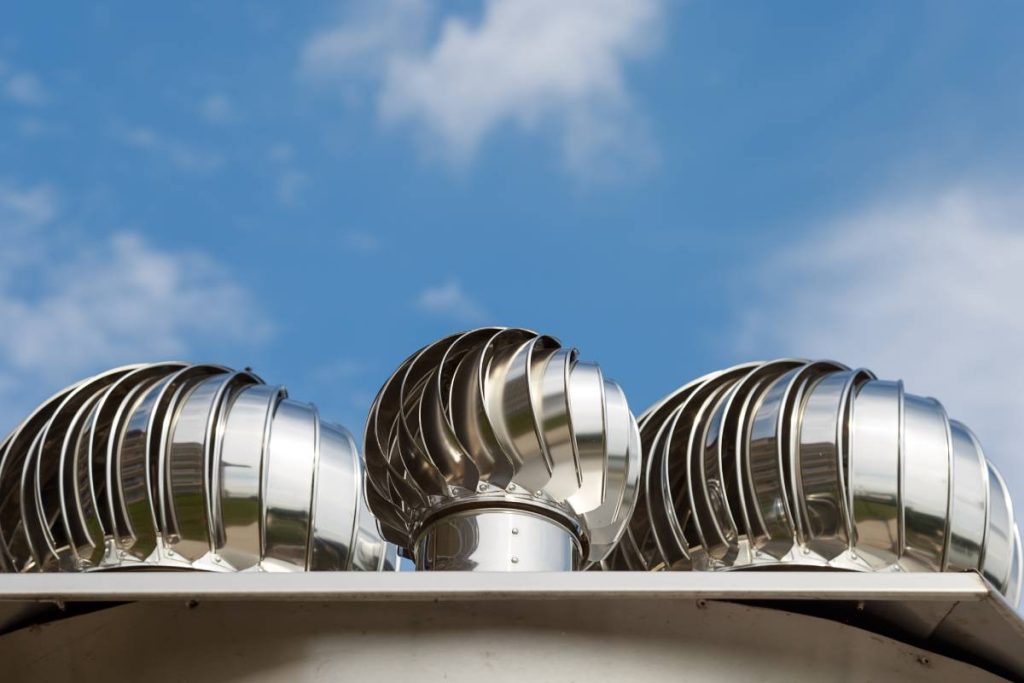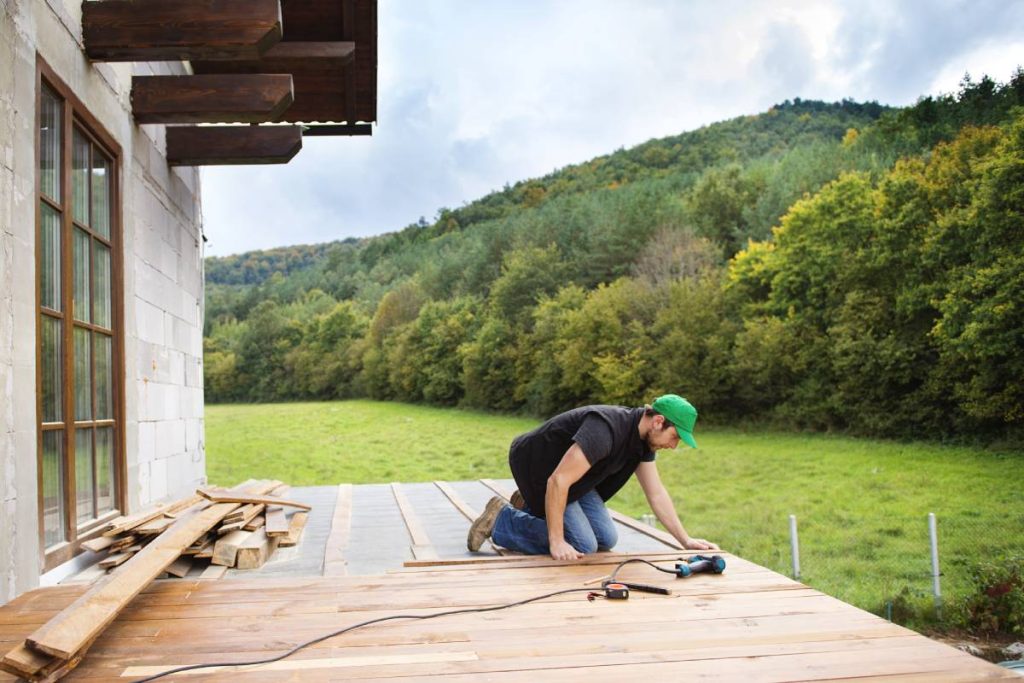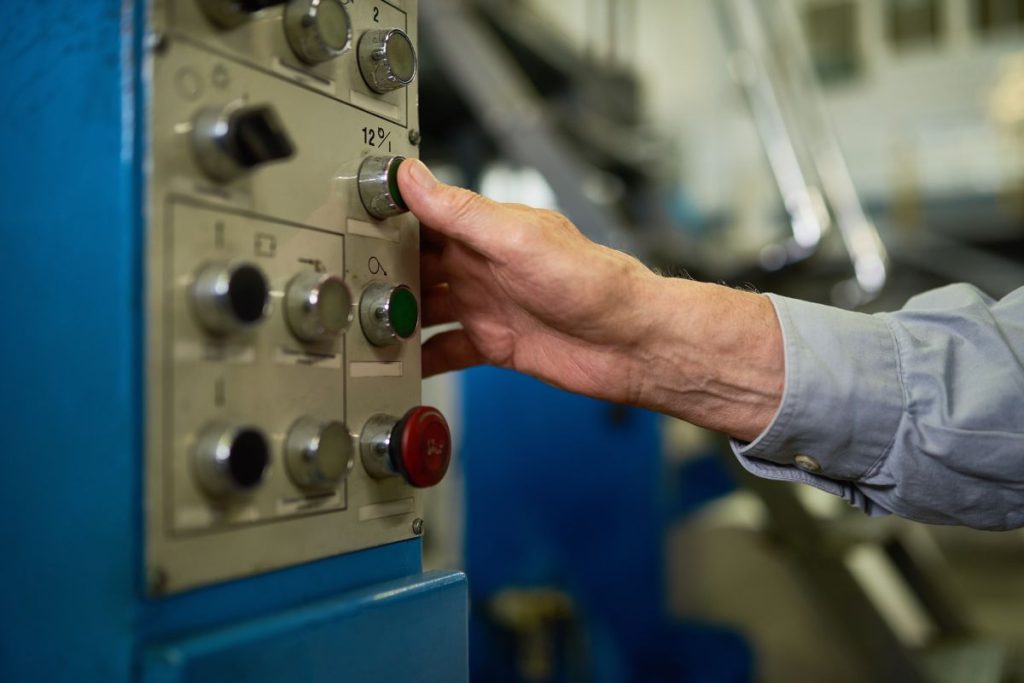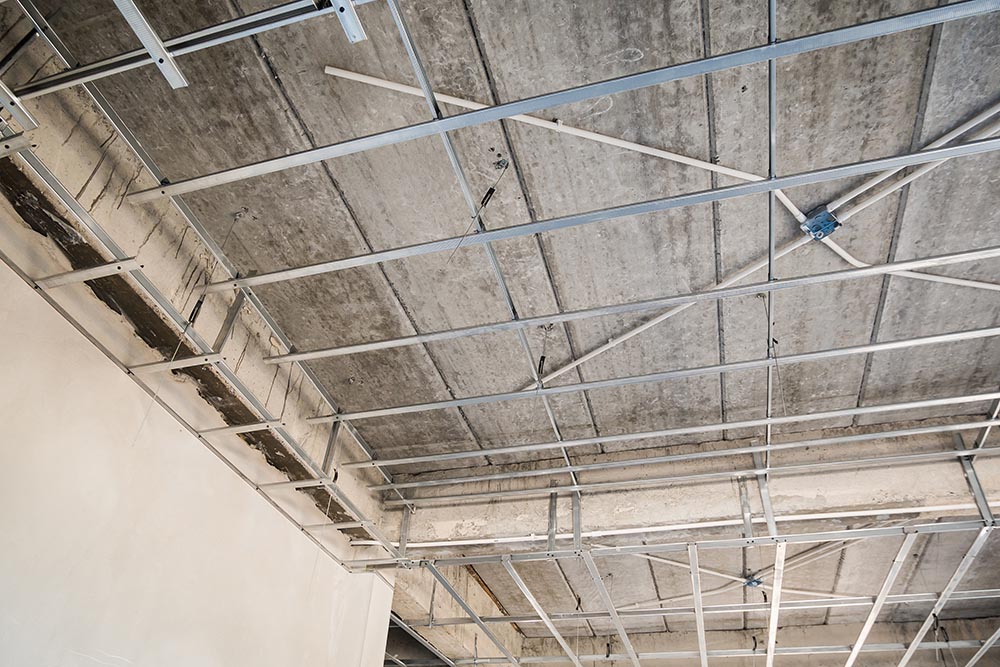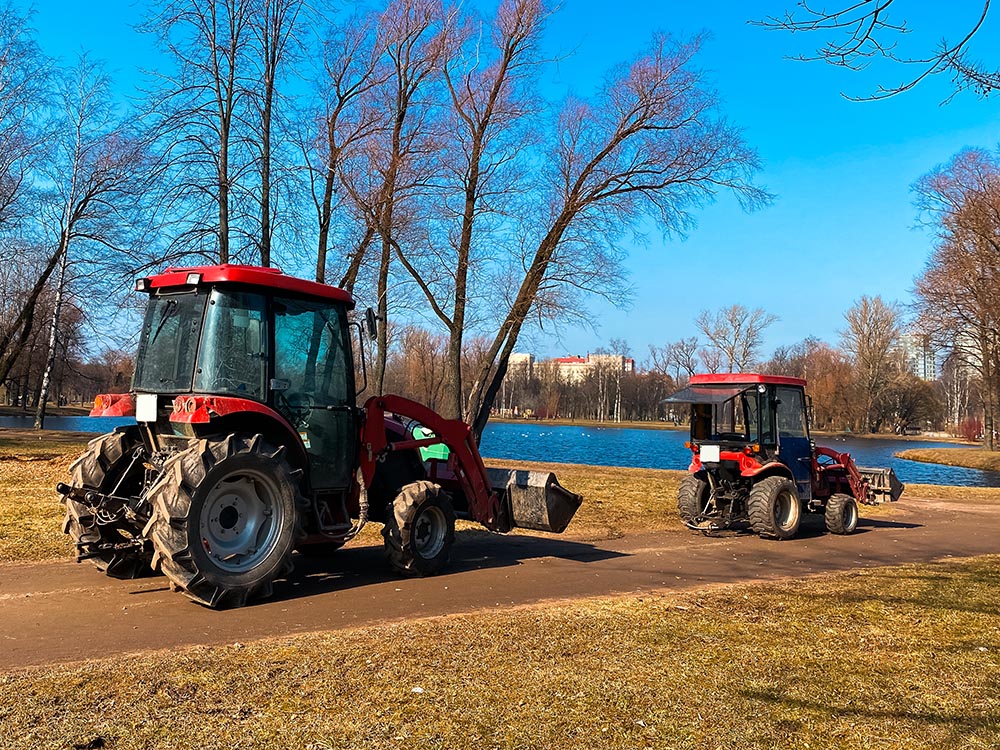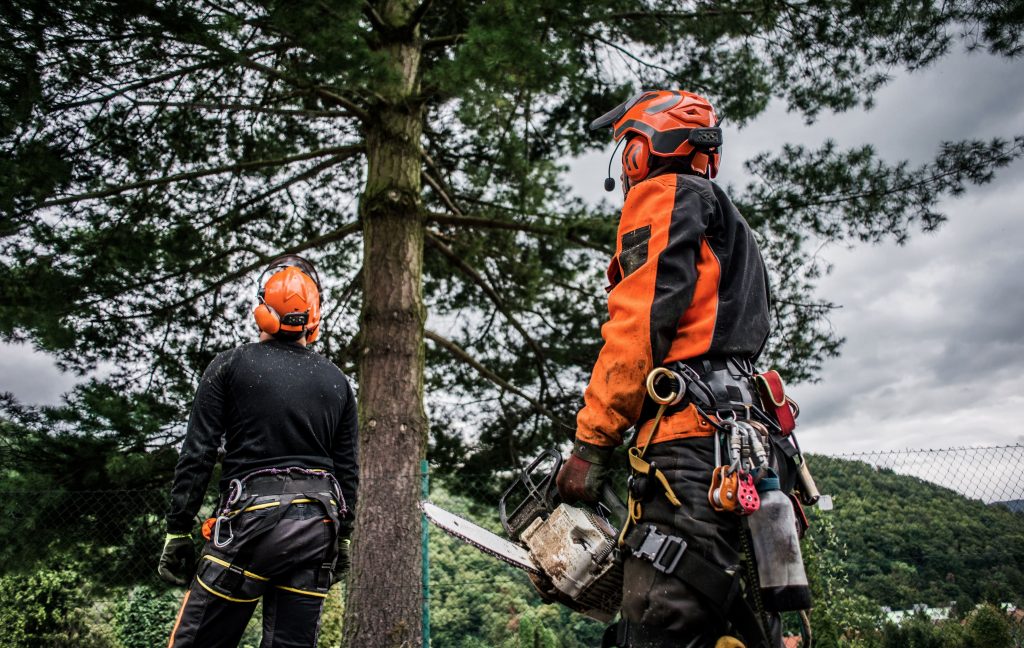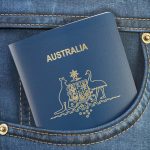What Season is the Best to Visit Thailand? Is Thailand Cheap or Expensive?
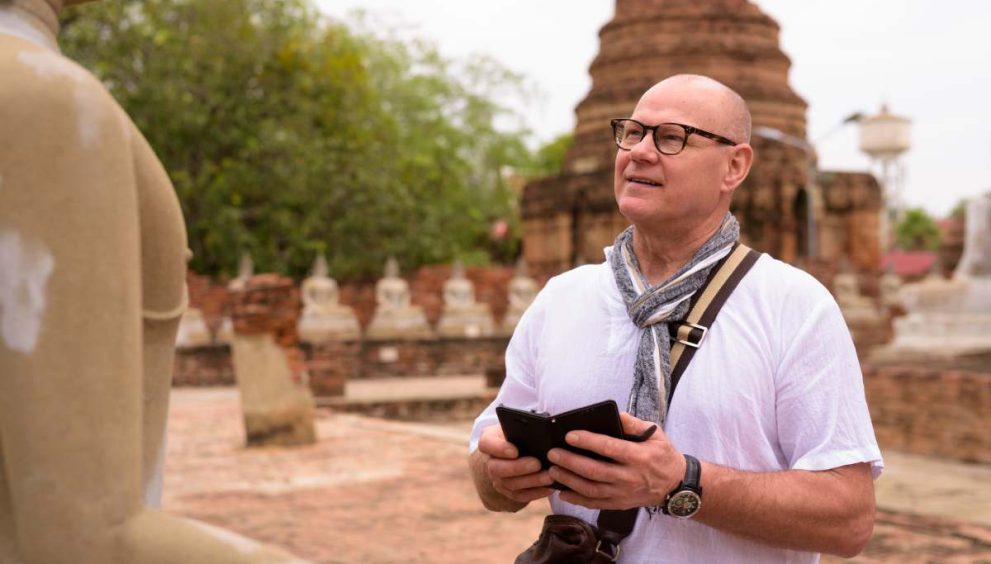
Idyllic islands, spectacular temples, and epic outdoor adventures—it’s easy to see why Thailand is at the top of many travellers’ wish lists. But if you’re thinking about a trip to Thailand, you might be wondering one big thing: Is Thailand expensive?
To help you figure out your Thailand travel budget, we’ve broken down the costs of everything you’ll need to think about. From where to stay and what to eat, to getting around and what activities to do, we’ll give you a clear picture of what to expect. This guide will help you plan your trip and make the most of your money in Thailand.
What Season is the Best to Visit Thailand?
Thailand is a beautiful country with a lot to offer, and the best time to visit can depend on what kind of experience you want. Thailand has three main seasons: the cool season, the hot season, and the rainy season. Each has its own advantages and disadvantages, so let’s break down what you can expect from each season to help you decide the best time for your visit.
1. The Cool Season (November to February)
The cool season is often considered the best time to visit Thailand. During these months, the weather is generally pleasant, with cooler temperatures and lower humidity. Daytime temperatures usually range from 25°C to 30°C (77°F to 86°F), which is comfortable for exploring cities, visiting temples, or relaxing on the beach.
This season is also the peak tourist season, which means popular spots like Bangkok, Chiang Mai, and Phuket can be crowded. Because of the high demand, prices for hotels and flights can be higher than during other seasons. However, the pleasant weather makes it a great time for outdoor activities like trekking in the northern mountains or enjoying vibrant festivals, such as Loy Krathong, where you can see beautiful lanterns and traditional celebrations.

2. The Hot Season (March to May)
The hot season in Thailand is just as it sounds—hot! Temperatures during these months can reach up to 35°C to 40°C (95°F to 104°F), making it very hot and humid. While it’s still possible to enjoy your trip, you might find it more challenging to do outdoor activities during the heat of the day.
One advantage of visiting during the hot season is that there are fewer tourists, which can mean lower prices for flights and accommodations. Additionally, this is a good time for visiting the islands and beaches, as the water is warm and great for swimming.
If you can handle the heat, you might enjoy experiencing local festivals such as Songkran, the Thai New Year festival celebrated in April with water fights and street parties. It’s a unique cultural experience that’s not to be missed if you’re in Thailand during this time.
3. The Rainy Season (June to October)
The rainy season in Thailand is characterized by frequent showers and high humidity. Rainfall is usually heavy but short-lived, often occurring in the late afternoon or evening. The temperatures during this season are generally warm, ranging from 26°C to 32°C (79°F to 90°F).
Despite the rain, there are some perks to visiting Thailand during the rainy season. For one, there are fewer tourists, which means you can enjoy popular attractions without the crowds. Prices for hotels and flights are also lower during this season, which can be a big advantage for budget travellers.
The rainy season is also a great time to see Thailand’s lush landscapes and beautiful waterfalls, which are at their most spectacular during this time. However, be prepared for occasional flooding in some areas, which might affect travel plans.
In summary, the best season to visit Thailand depends on what you’re looking for in your trip. If you want ideal weather and don’t mind the crowds, the cool season from November to February is the best choice. If you’re looking for lower prices and don’t mind the heat, consider travelling during the hot season from March to May.
And if you want to experience a quieter, more budget-friendly side of Thailand, the rainy season from June to October might be right for you. Each season offers something unique, so think about your preferences and plan accordingly to make the most of your Thai adventure!
Is Thailand Cheap or Expensive?
If you’re considering a holiday to Thailand, one of the first questions you might ask is whether it’s a cheap or expensive destination. For Aussies, Thailand has long been a popular travel spot, known for its stunning beaches, rich culture, and delicious food. But what can you actually expect in terms of costs? Let’s break it down to help you understand if Thailand fits your budget.
Accommodation: Affordable to Mid-Range
When it comes to accommodation, Thailand offers a wide range of options for every budget. If you’re looking for something really cheap, you can find basic hostels or guesthouses for as little as 200-500 baht per night (about AUD 9-22). These places are generally clean and comfortable, though they might not offer luxury amenities.
For those looking for a bit more comfort, mid-range hotels and boutique guesthouses range from 800-2,000 baht per night (approximately AUD 35-85). These places often provide better facilities like private bathrooms, air conditioning, and sometimes a swimming pool. There are also many well-reviewed hotels in this price range that offer great value for your money.
If you’re after a touch of luxury, high-end resorts and five-star hotels start from around 3,000 baht per night (about AUD 130). While these places are more expensive, you can still find deals and special offers that might fit into your budget if you plan ahead.
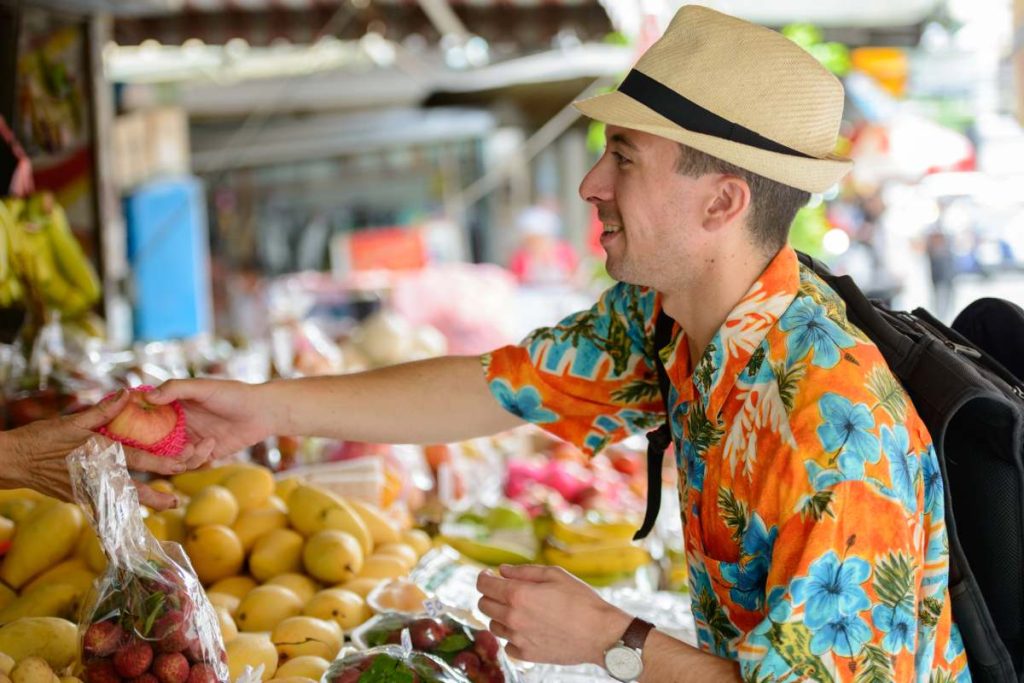
Food and Drink: Cheap Eats to Fine Dining
Food in Thailand can be incredibly cheap, especially if you stick to street food and local eateries. You can grab a tasty meal from a street vendor for just 30-60 baht (around AUD 1.30-2.60). Popular dishes like Pad Thai, Tom Yum Goong, or Som Tum (spicy papaya salad) are delicious and affordable.
If you prefer dining in restaurants, you can expect to pay between 100-300 baht per meal (about AUD 4.40-13). Many restaurants offer great meals at reasonable prices, especially if you’re eating local cuisine. Western food, on the other hand, can be a bit pricier, with meals ranging from 200-500 baht (AUD 9-22).
For drinks, a local beer or a soft drink might cost around 60-120 baht (about AUD 2.60-5.30) at a bar or restaurant. If you’re enjoying cocktails or international beverages, expect to pay more, especially in touristy areas.
Transport: Budget-Friendly Options
Thailand offers a variety of transport options, many of which are quite affordable. You can use self-storage service around Bangkok for like 20-40 baht (around AUD 0.40-2) for an hour. Local buses and trains are cheap ways to get around. For instance, a bus ride in Bangkok might cost you 10-30 baht (around AUD 0.40-1.30), while a train ride between cities can start at around 200 baht (AUD 8.70).
Taxis and tuk-tuks are also common, but it’s best to agree on the fare or ensure the meter is running to avoid overcharging. A short taxi ride might cost 60-150 baht (AUD 2.60-6.50), while tuk-tuks might charge a bit more depending on the distance and your bargaining skills.
For those planning to explore islands or remote areas, budget airlines like AirAsia or Nok Air offer affordable flights, often costing around 1,000-3,000 baht (AUD 43-130) for domestic flights if booked in advance.
Activities: Affordable Fun and Splurges
Thailand is known for its affordable activities, but costs can vary depending on what you want to do. Entry fees for temples and museums are generally low, ranging from 20-200 baht (AUD 0.90-8.70). Guided tours, diving trips, or cooking classes might cost more, starting from around 1,000 baht (AUD 43) and up.
If you’re keen on adventure sports, like zip-lining or scuba diving, expect to spend more, with prices starting from around 2,000 baht (AUD 87) for a day’s worth of activities.
Overall, Thailand can be as cheap or as expensive as you want it to be. If you’re on a tight budget, you can easily manage on a small amount per day, especially by staying in budget accommodations, eating street food, and using public transport. On the other hand, if you’re looking for a more luxurious experience, you can certainly spend more on high-end hotels, fine dining, and exclusive tours.
For most Aussies, Thailand offers excellent value for money, making it a fantastic choice for a memorable and affordable holiday. So whether you’re looking to backpack on a budget or enjoy a bit of luxury, Thailand has something to suit your needs.
Tips for Budget Travel in Thailand
If you’re dreaming of a Thai holiday but want to keep costs down, you’re in luck! Thailand is a fantastic destination for budget travellers, offering lots of ways to save money while still having a great time.
Here are some top tips for exploring Thailand on a budget, from the best times to visit to cheap places to stay and eat.
1. Consider Visiting in Low or Shoulder Season
One of the best ways to save money on your trip to Thailand is to choose the right time to visit. Thailand has three main seasons: the cool season, the hot season, and the rainy season. To get the best deals, aim for the low or shoulder seasons.
The low season runs from July to September. During this time, you’ll find lower prices for flights and accommodation. Plus, there are fewer tourists around, so you can enjoy the sights without the crowds. The weather might be a bit wetter, but the showers are usually short and won’t spoil your plans.
The shoulder seasons, just before or after the low season, can also offer good deals. For example, April to June and October can be cheaper than the peak cool season months while still offering decent weather.
2. Research Homestay and Hostel Accommodation

When it comes to where to stay, hostels and homestays are your best friends if you’re on a budget. Hostels are much cheaper than hotels and resorts, with dormitory beds often starting at just 200-500 baht per night (around AUD 9-22). They also provide a great chance to meet other travellers and share tips and experiences.
Homestays offer a more local experience and can be both affordable and enriching. You’ll get to stay with a local family, which can give you insights into Thai culture and cuisine that you might not get in a hotel. Look for homestays on booking platforms or travel forums for good deals.
3. Avoid Internal Flights and Tourist Minivans
To save money on getting around Thailand, try to avoid internal flights and tourist minivans. While these can be convenient, they are often more expensive than other forms of transport.
Instead, use local buses and trains for longer distances. Buses are a cheap way to travel between cities, with fares starting at around 200 baht (AUD 8.70) for a basic seat. Trains can be an affordable and scenic way to get around, with options ranging from budget to more comfortable classes.
For getting around town or city, consider renting a bike or scooter. This is often a cheaper and more flexible option than taking taxis or tuk-tuks. Just remember to wear a helmet and check that you have a valid international driver’s license.
4. Eat at Street Stalls and Night Markets
One of the best ways to keep food costs low in Thailand is to eat at street stalls and night markets. Thai street food is delicious and incredibly affordable. You can enjoy a full meal for as little as 30-60 baht (AUD 1.30-2.60) from a street vendor.
Night markets are also great places to find tasty and cheap food. Many night markets offer a wide range of dishes, from pad Thai to mango sticky rice. You can also pick up souvenirs and snacks at these markets, all at very reasonable prices.
5. Make the Most of National Parks
Thailand’s national parks offer beautiful natural scenery and low-cost activities. Entry fees to these parks are generally very affordable, often around 20-200 baht (AUD 0.90-8.70), and you can enjoy hiking, wildlife spotting, and stunning landscapes.
Camping or staying in simple bungalows within the parks can be very cheap compared to hotels or resorts. It’s a great way to experience Thailand’s natural beauty on a budget. Just make sure to book your camping spot or bungalow in advance, especially during the peak seasons.
6. Explore Thailand’s Lesser-Known Monasteries
While famous temples like Wat Pho in Bangkok have high entrance fees, you can visit lesser-known monasteries for free. These smaller temples are often free to enter and are much less crowded. You can have a peaceful visit and experience local religious practices without the tourist hustle.
In Summary: How to Keep Your Thailand Travel Costs Low
To sum it up, travelling in Thailand can be very affordable if you plan your budget carefully. By making smart choices about where you stay, what you eat, and how you get around, you can keep your costs down and enjoy your trip without breaking the bank.
Here’s how to manage your budget effectively:
- Accommodation: Choose budget-friendly places like hostels or homestays if you want to save money on where you stay.
- Food: Eat at street stalls and local markets for delicious meals at a low cost.
- Transport: Use local buses, trains, or rent a bike instead of spending on internal flights or tourist minivans.
- Activities: Pick the activities you really want to do and can afford, rather than splurging on every tour or excursion.
If you have a bit more flexibility in your budget, you might also consider booking a tailor-made trip.
Why Consider a Tailor-Made Trip?
A tailor-made trip can be a great option if you’re not on a super tight budget. Here’s why:
- Less Hassle: A tailor-made trip takes the stress out of planning and booking everything yourself.
- Expert Advice: You get help from local experts who know the best spots and can customise your trip to suit your interests and budget.
- Custom Experience: You can design your perfect holiday with the support of someone who understands Thailand inside and out.
So, if you’re looking for a hassle-free way to explore Thailand with a bit more comfort and expert guidance, a tailor-made trip might be worth considering. But if you’re aiming to travel on a tight budget, careful planning and smart choices will help you enjoy a fantastic trip without spending too much.

 English
English 


































